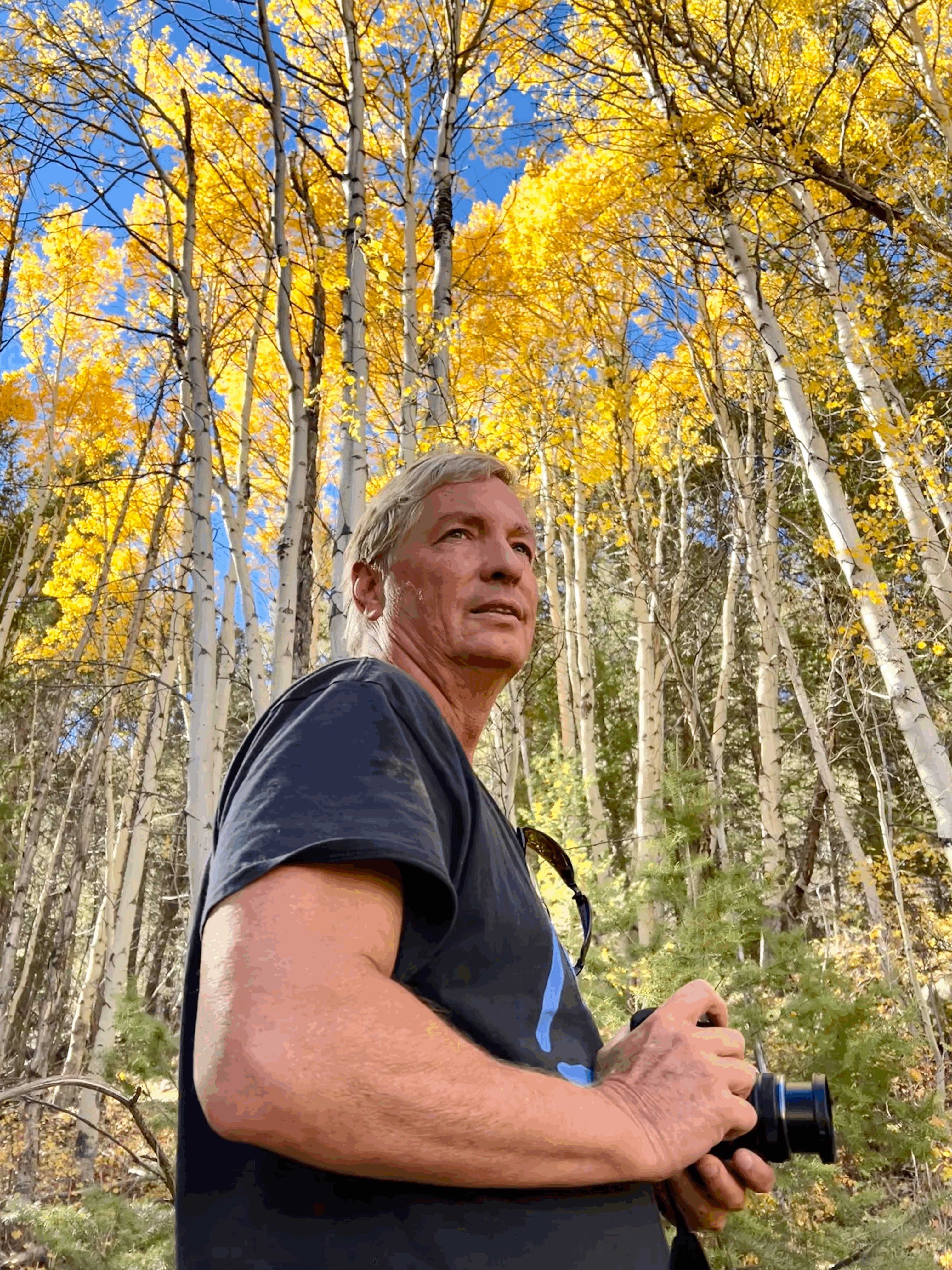You may want to check with God and American history regarding open/concealed carry laws. Kentucky was the first to ban concealed carry of weapons in 1813. Nearly every Southern state followed suite. By 1850, concealed carry was banned in most states in the U.S. This restrictive phase of gun carry expanded and lasted into the 1980s. Additionally, by the 1950s and 1960s, nearly all states had either banned or put in place restrictive measures against carrying guns in public -- open or concealed. Ronald Reagan and his Republican backers were horrified in 1968 when openly armed Black Panthers marched on Sacramento in protest of a proposed bill by Gov. Reagan to ban the open carry of guns in public. The bill was later signed into law by Reagan and was even used as a framework for Lyndon Johnson's 1968 federal gun legislation. The notion that its a good idea to have men (and it's almost always men) running around our streets with high-powered weapons that can fire several dozen rounds a minute, is a relatively new one. As for the NRA, you're referring to Smith & Wesson's attempt to adopt some gun safety reforms in 2000 in an effort to stave off lawsuits and proposed legislation in the wake of the Columbine High School shootings. That made the NRA chiefs bonkers and offended their "no compromise ever" ethos. They never officially boycotted Smith & Wesson, but did manage to turn gun stores and gun buyers against them, putting a serious crimp in Smith & Wesson's revenues before the gun maker finally fell back in line. The transformation of the NRA from a sporting and hunter safety club to a high-powered, Washington D.C. lobbying group happened at an NRA convention in Cincinnatti in 1977, long before the Smith & Wesson debacle.
2 min readNov 28, 2021
Written by Craig K. Collins
Author, Photographer, Former Tech Executive. Purveyor of thoughtful, hand-crafted prose. Midair: http://amzn.to/3lGFROD Thunder: http://amzn.to/3oA5wt3
